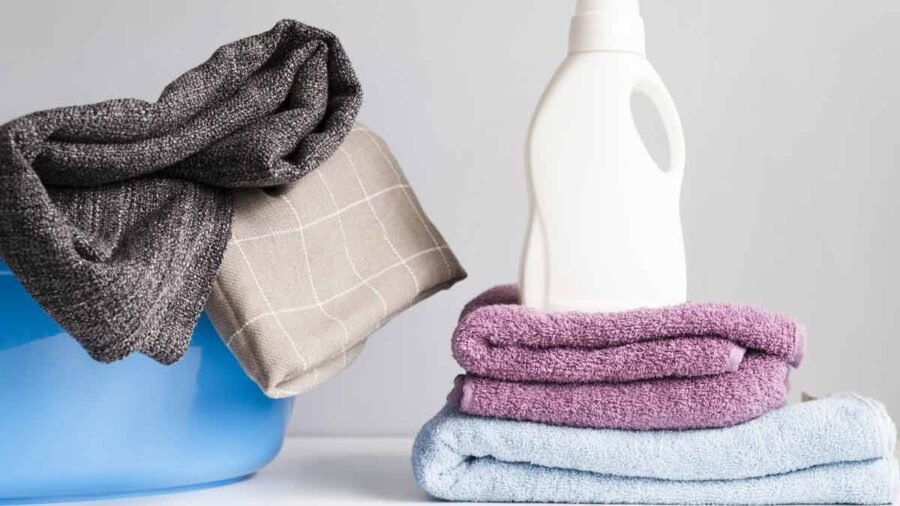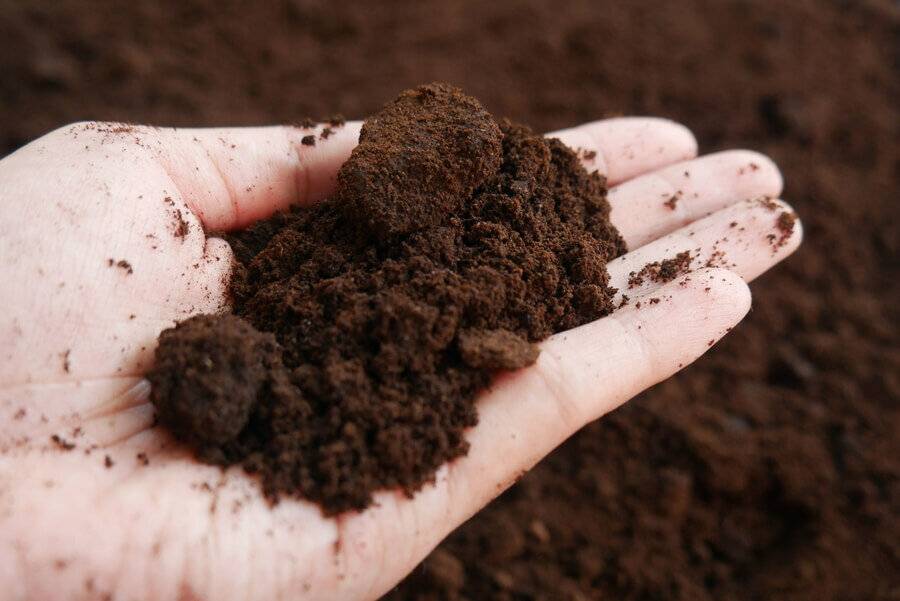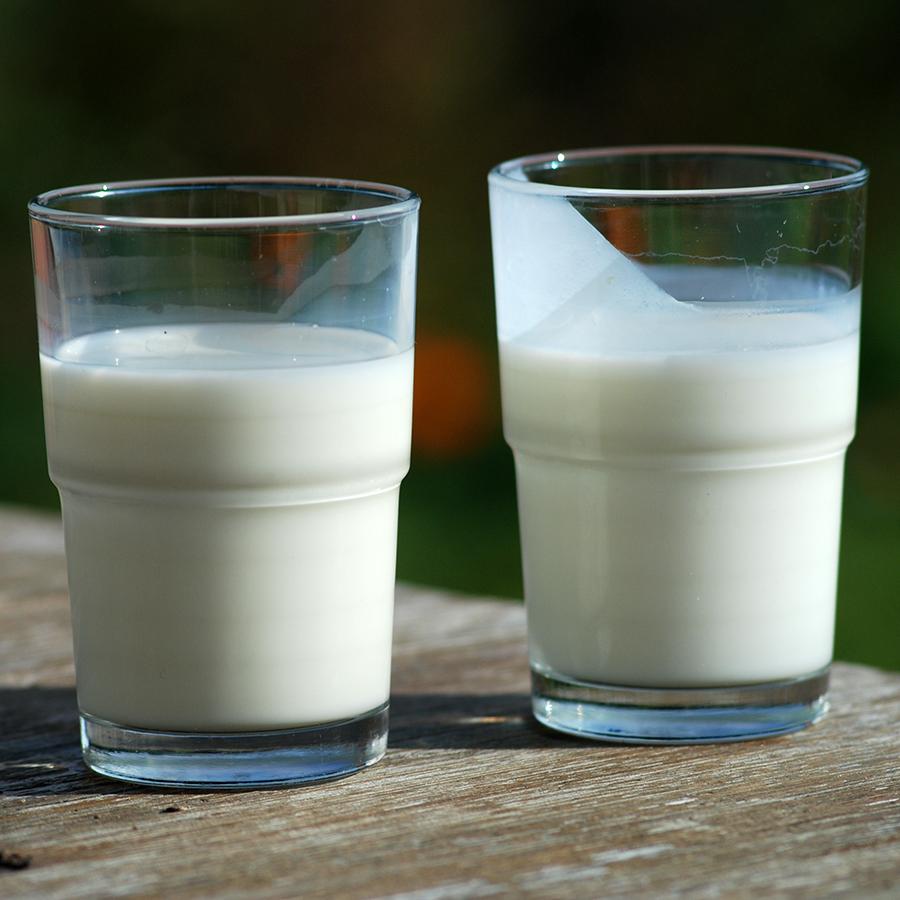Fabric softeners are commonly used in laundry routines to make clothes feel soft, reduce static cling, and impart a pleasant fragrance. However, when it comes to septic tank systems, there is a growing concern about the potential negative impact of fabric softeners. In this article, we will delve into the question of whether fabric softeners are bad for septic tanks and explore the potential consequences they may have on these essential wastewater treatment systems.
| Topic | Summary |
|---|---|
| What is a septic tank? | A brief explanation of septic tanks and their function. |
| How do fabric softeners work? | An overview of the purpose and mechanism of fabric softeners. |
| Potential impact on septic tanks | Exploring the potential harm fabric softeners may cause to septic tank systems. |
| Alternatives to fabric softeners | Highlighting alternative methods to achieve soft and fresh-smelling laundry without using fabric softeners. |
| Conclusion | A summary of the findings and a final verdict on whether fabric softeners are detrimental to septic tanks. |
Before we dive into the details, it’s important to understand what a septic tank is and its role in wastewater management. Septic tanks are underground structures that collect and treat wastewater from households that are not connected to a centralized sewer system. They rely on natural processes to break down solid waste and separate liquids before releasing the treated effluent into the soil.

Fabric softeners, on the other hand, are laundry additives designed to enhance the feel and appearance of clothes. They typically contain chemicals that coat the fabric fibers, reducing friction and static electricity. While fabric softeners can provide desirable results in terms of softness and scent, their impact on septic tank systems is a subject of debate.
In the following sections, we will explore the potential consequences of using fabric softeners in septic tank systems, discuss alternative options, and provide practical recommendations for those concerned about the health and longevity of their septic tanks.
The Impact of Fabric Softeners on Septic Tanks
While fabric softeners may seem harmless when used in our laundry routines, their effects on septic tank systems can be concerning. Let’s delve into the potential impact fabric softeners may have on septic tanks and the reasons behind these concerns.
1. Chemical Buildup
Fabric softeners contain various chemicals, including cationic surfactants and fragrances, which can accumulate in septic tanks over time. These chemicals may disrupt the natural balance of bacteria responsible for breaking down solid waste in the tank. As a result, the efficiency of the septic tank system may decrease, leading to potential issues such as clogging, backups, and foul odors.
2. Harmful to Beneficial Bacteria
Septic tanks rely on a delicate ecosystem of beneficial bacteria to decompose organic matter effectively. Unfortunately, fabric softeners can be detrimental to these essential microorganisms. The chemicals present in fabric softeners can inhibit the growth and activity of the beneficial bacteria, compromising the overall functionality of the septic tank system. This can lead to inadequate treatment of wastewater and potential contamination of groundwater.
3. Impact on Drain Field
Another concern is the potential impact of fabric softeners on the drain field, which is responsible for the final treatment and dispersal of the effluent from the septic tank. The chemicals from fabric softeners can accumulate in the drain field, causing soil compaction and reducing its ability to absorb and filter the wastewater properly. This can result in the failure of the drain field, leading to costly repairs or even the need for a complete replacement.
4. Environmental Considerations
Aside from the impact on septic tank systems, fabric softeners can also have adverse effects on the environment. The chemicals present in these products can find their way into water bodies through the wastewater discharge, potentially harming aquatic life and disrupting ecosystems. Additionally, the production and disposal of fabric softeners contribute to pollution and waste generation.
Conclusion
Considering the potential negative consequences of fabric softeners on septic tank systems, it is advisable to exercise caution when using these products. While the occasional use of fabric softeners may not cause immediate harm, regular or excessive use can lead to long-term issues. To maintain a healthy septic tank system and minimize environmental impact, it is recommended to explore alternative methods for achieving soft and fresh-smelling laundry.
By opting for natural fabric softener alternatives, such as vinegar or baking soda, you can reduce the risk of chemical buildup and preserve the functionality of your septic tank. Additionally, practicing water conservation, regular septic tank maintenance, and proper disposal of hazardous materials can further contribute to the longevity and efficiency of your septic system.
Remember, a well-maintained septic tank not only benefits your household but also helps protect the environment and ensure the well-being of future generations.


1 Comment
Gloria Tenk · March 30, 2025 at 7:15 pm
Was interested in your info on using baking soda & vinegar in a septic system & after reading those articles, I concluded that I have been doing the correct thing in not using either. Then I read your article on fabric softeners & it recommends using both as natural replacements for fabric softener. Thought your articles were very informative but not so much when you contradict led yourself in suggesting to use the very things you said were bad for the delicate eco system of the septic tank. I realize that you are trying to provide information for the reader to make their own decisions about what not to add into their system but just was annoyed when I read that suggestion. I have had my septic system for 58 years now & guess I’m doing it correctly because I have only had a problem with the drain field one time. I do get it pumped periodically.